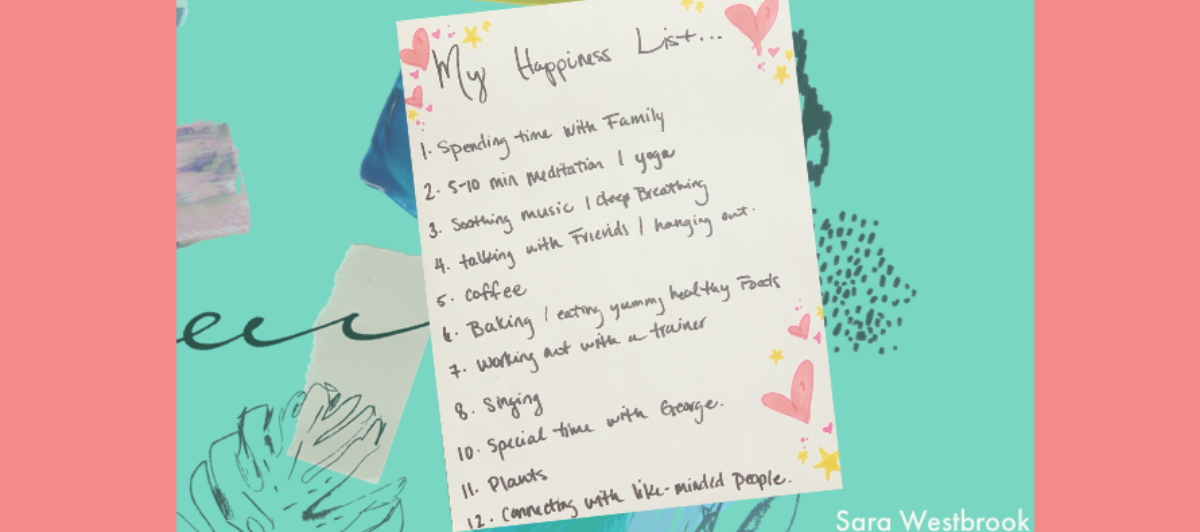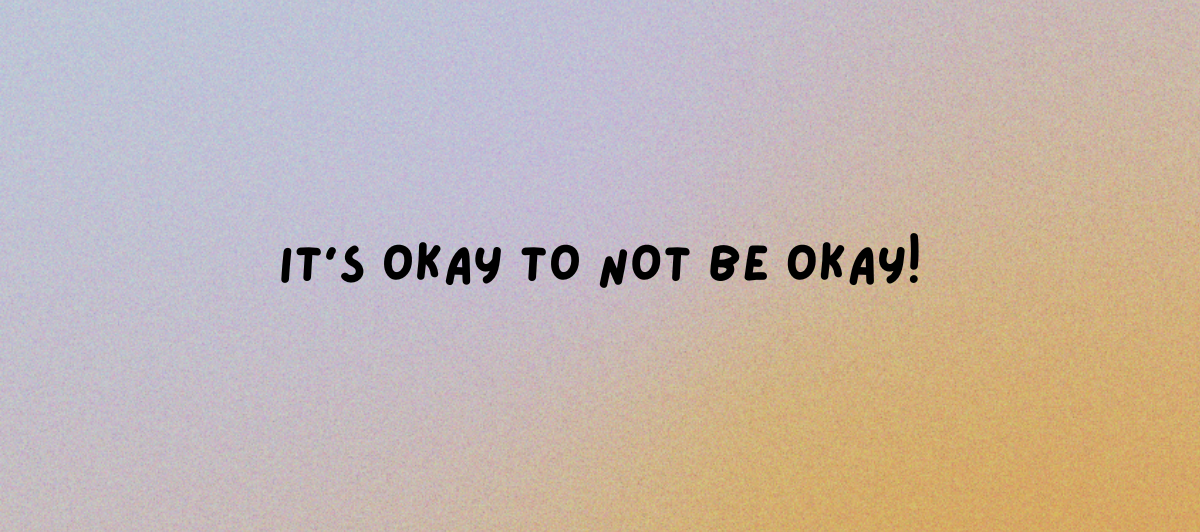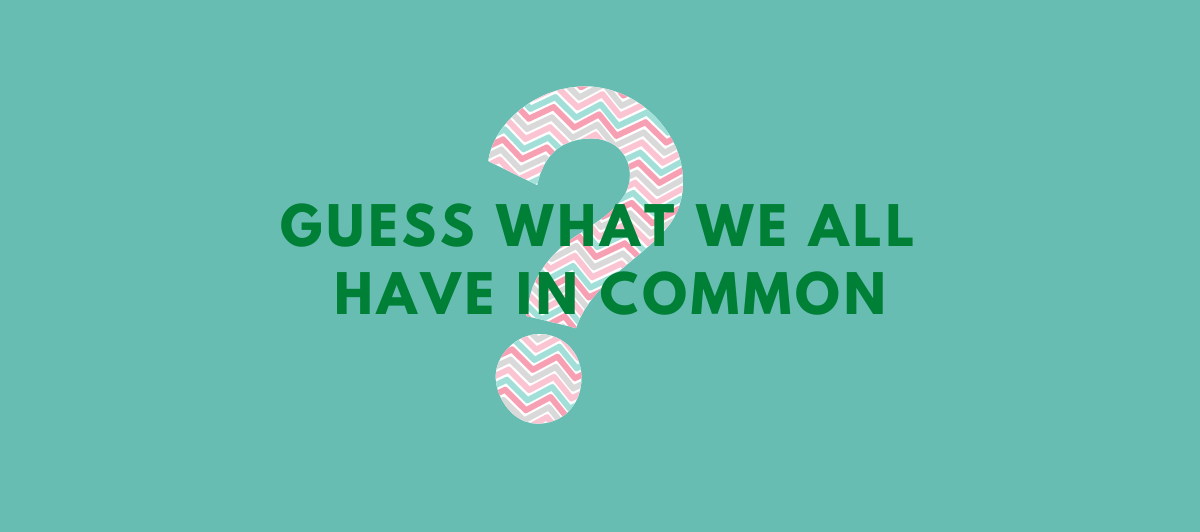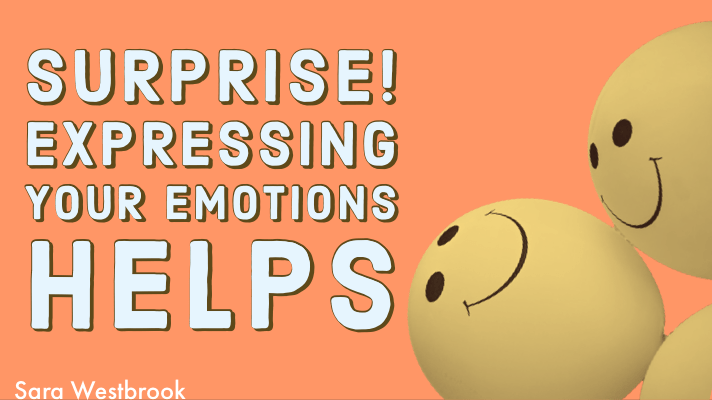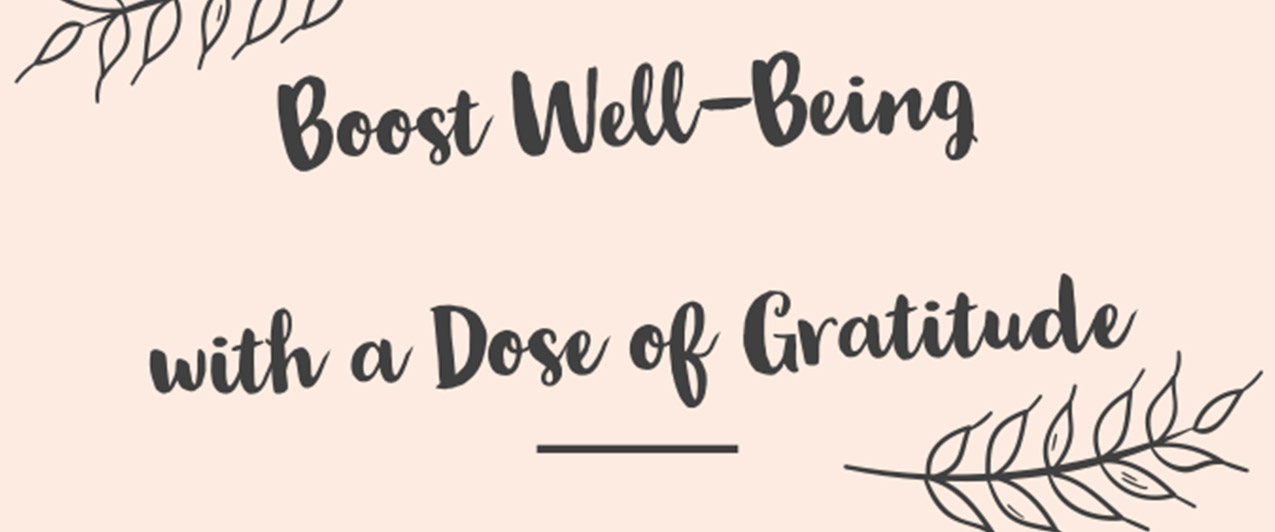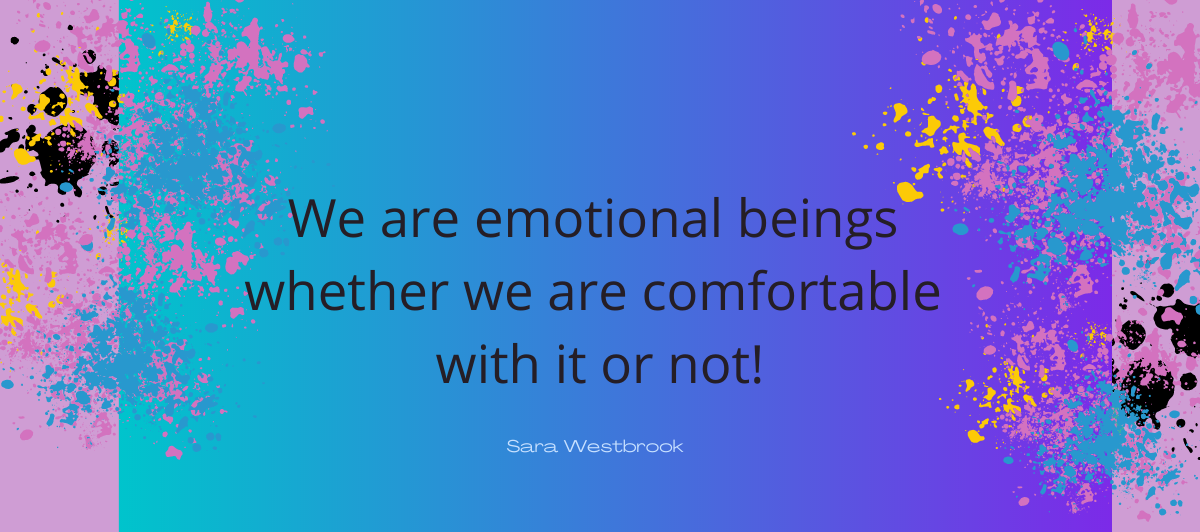

Ever Tried to Avoid an Emotion?
Don’t you wish you could pick and chose the emotions you want to experience?
I have.
Especially during lockdown and online learning. I remember one morning laying in bed, mentally preparing the start to my day.
I was telling myself…
‘Today I won’t feel irritated. I felt irritated yesterday and it was exhausting, not today!’
Within 10 minutes of getting out of bed my son was already complaining about having to log on to do his learning – he was asking for his fifth snack and it wasn’t even 9 am yet!
I was irritated!!
I couldn’t avoid it. My body and brain felt irritated without my consent.
This is what I know: I quickly learned that emotions can surprise you and they aren’t to be avoided and can’t be avoided for the long term. We are emotional beings whether we are comfortable with it or not!
So, the real practice becomes in allowing ourselves to feel and acknowledge our emotions and then find healthy ways to move with/through them.
Here are some simple and effective strategies that I find helpful:
• deep breaths (make your exhale longer than your inhale)
• remind myself that it’s ok to feel what I’m feeling
• notice where the emotion impacts me physically (neck pain, stomach ache , heart rate)
• 5 min meditation
• talk to someone
• go for a walk
• listen to music
What helps you move with and through an uncomfortable emotion?




